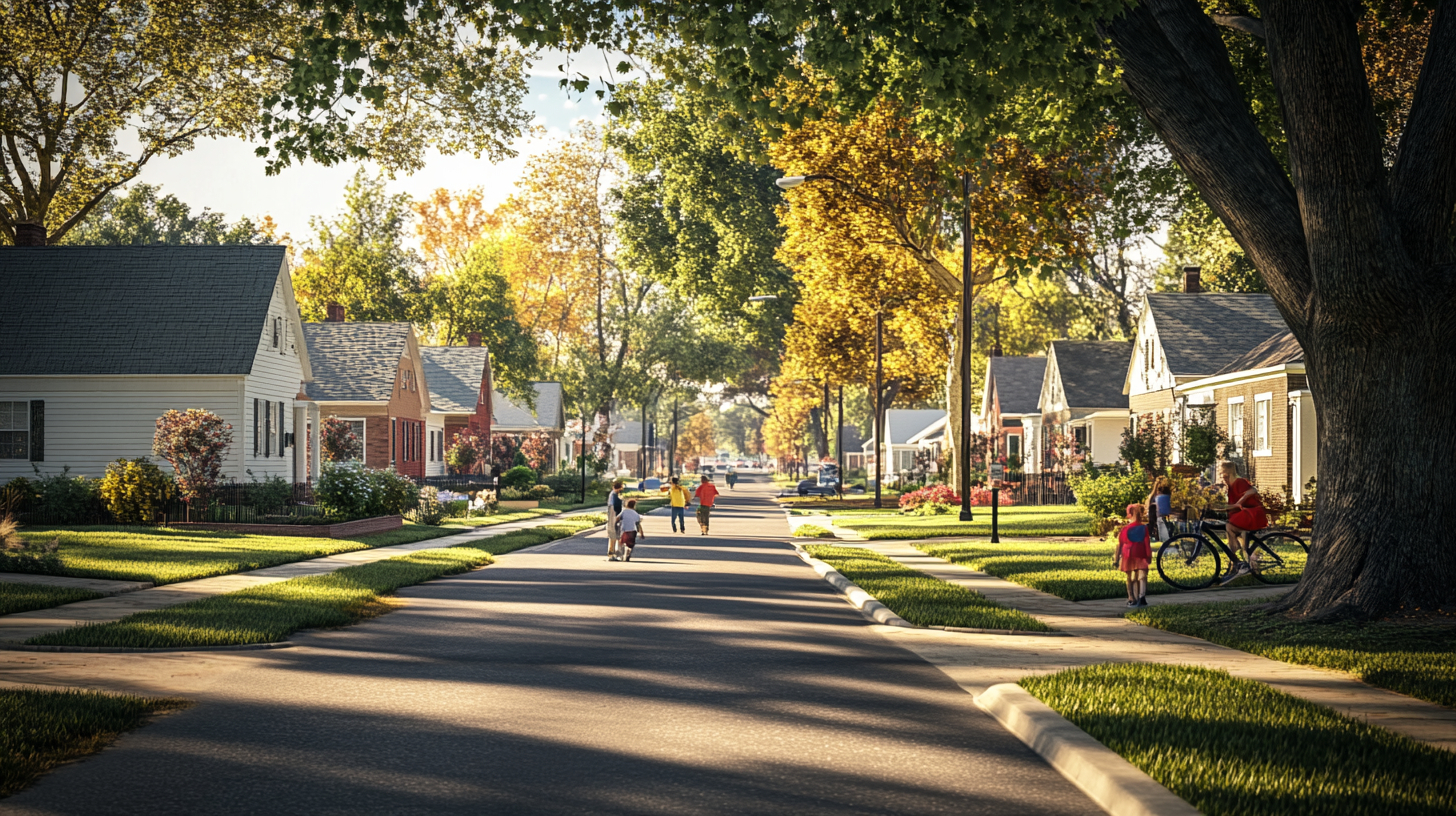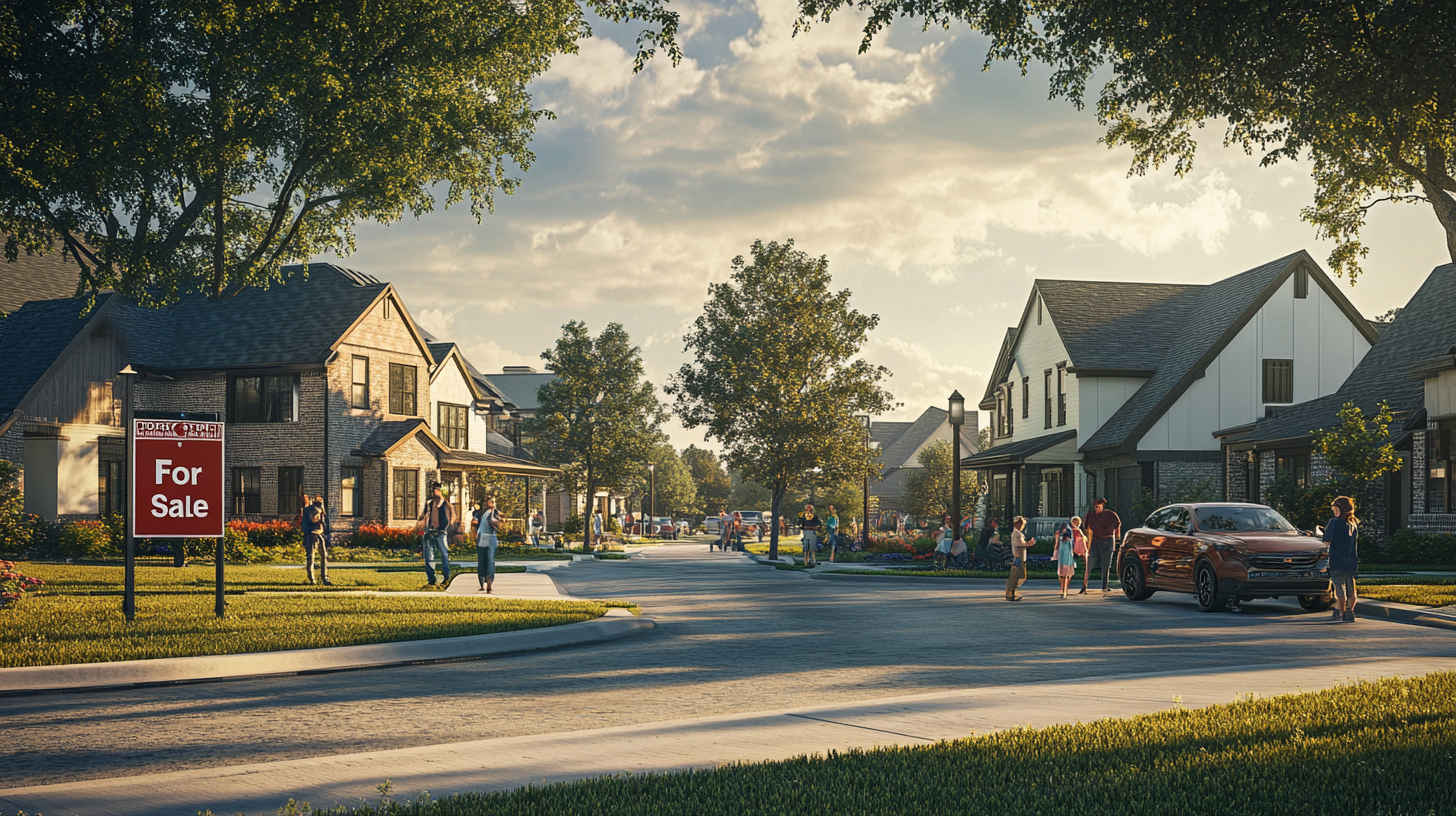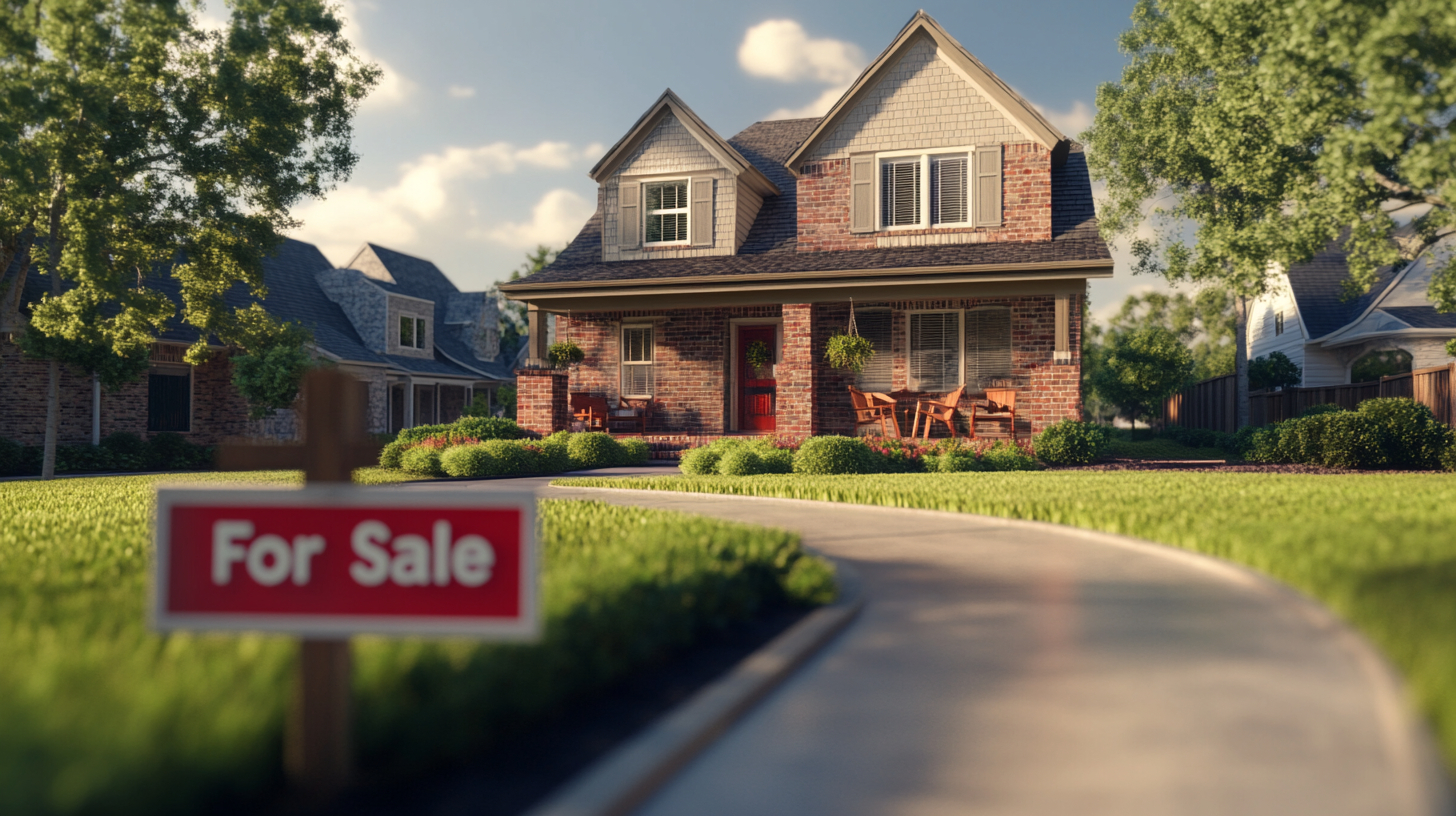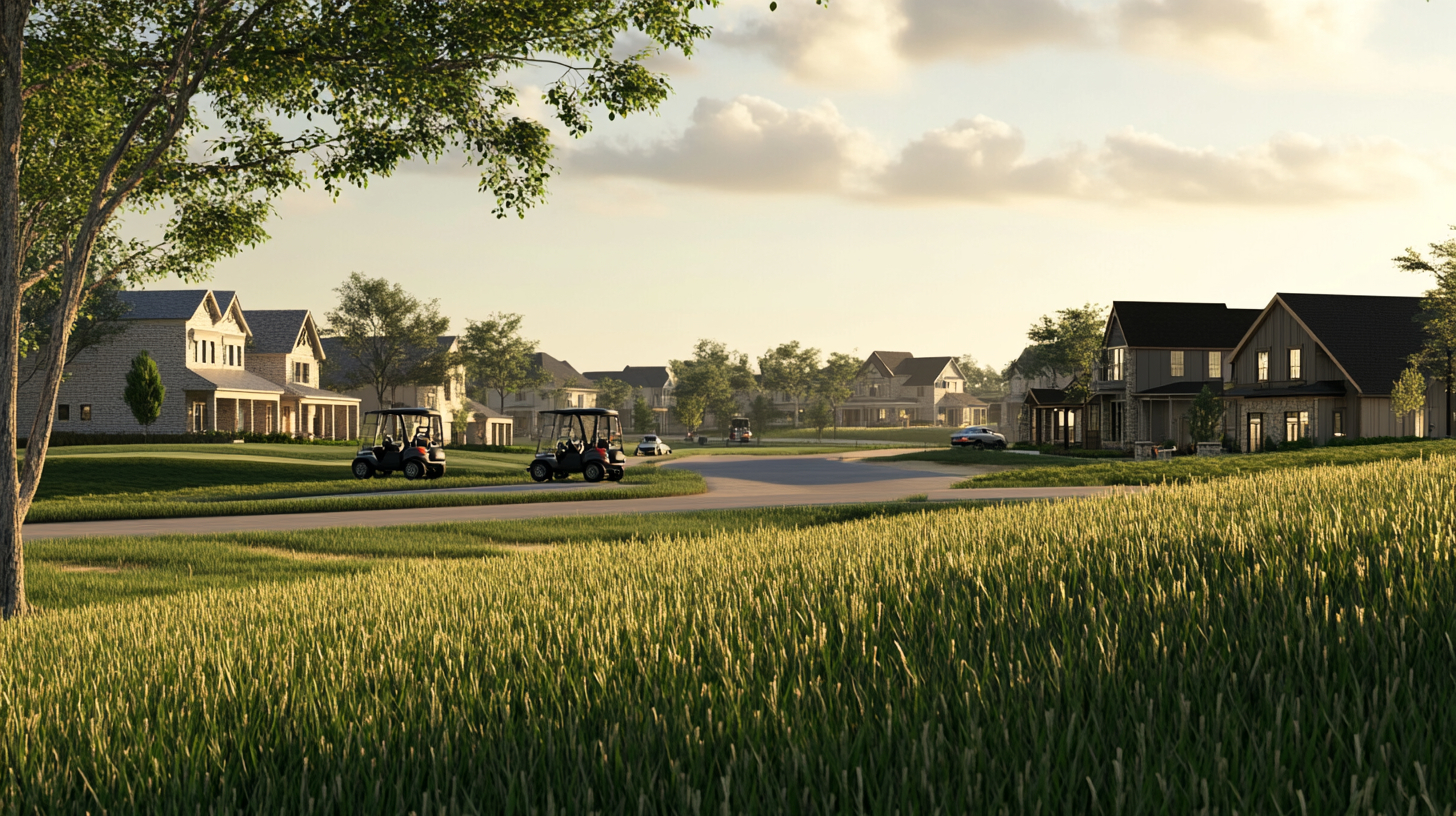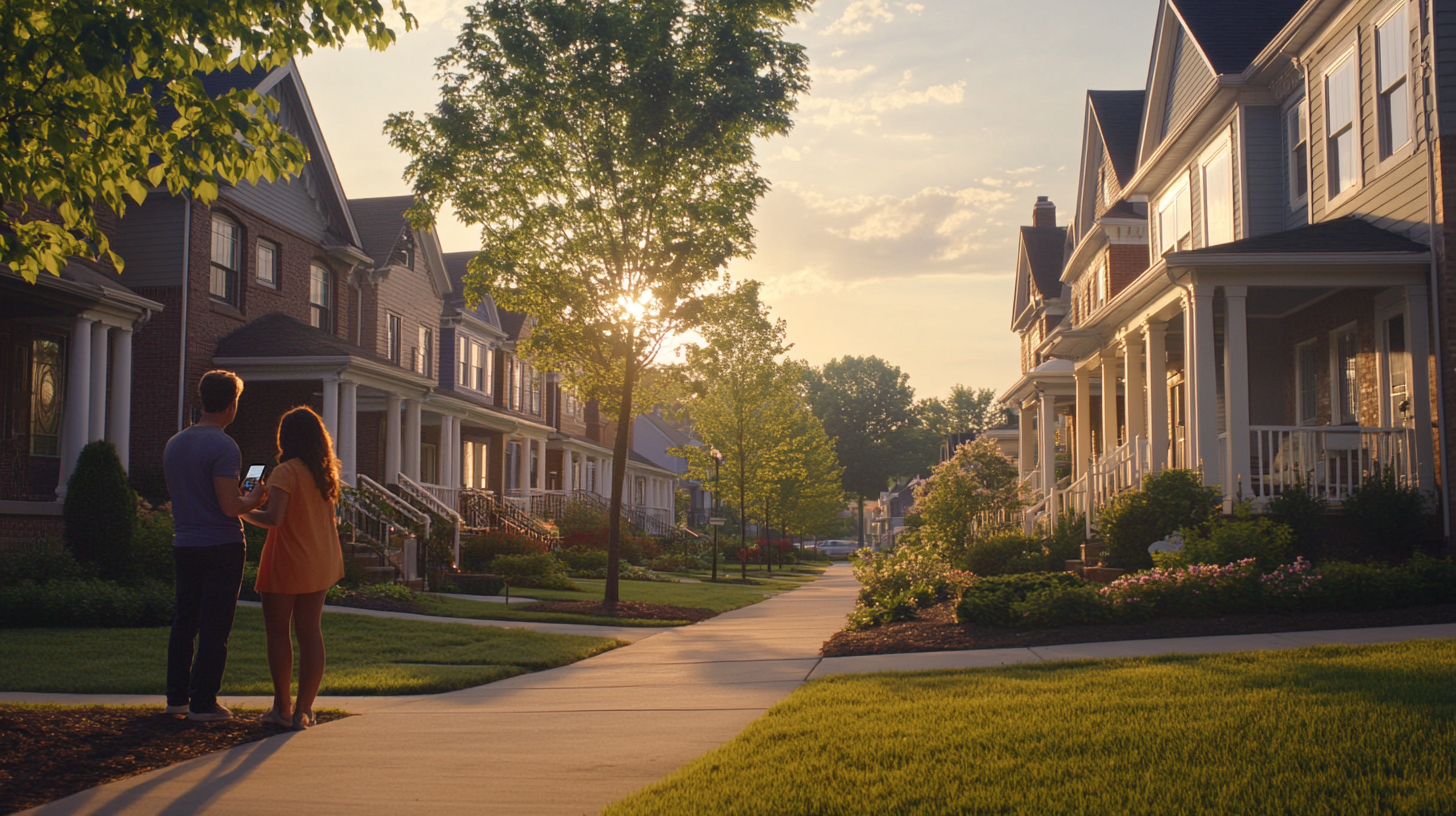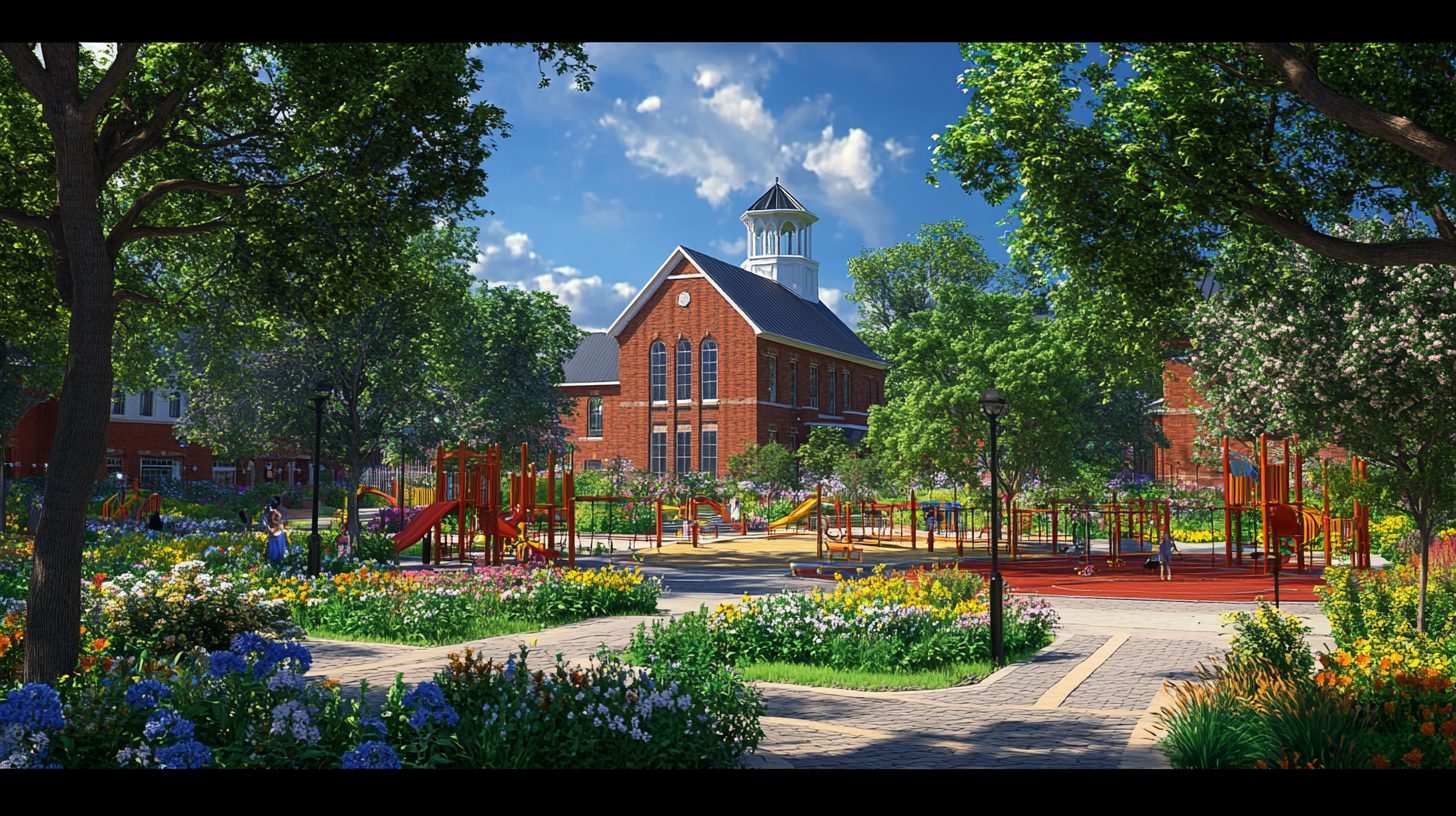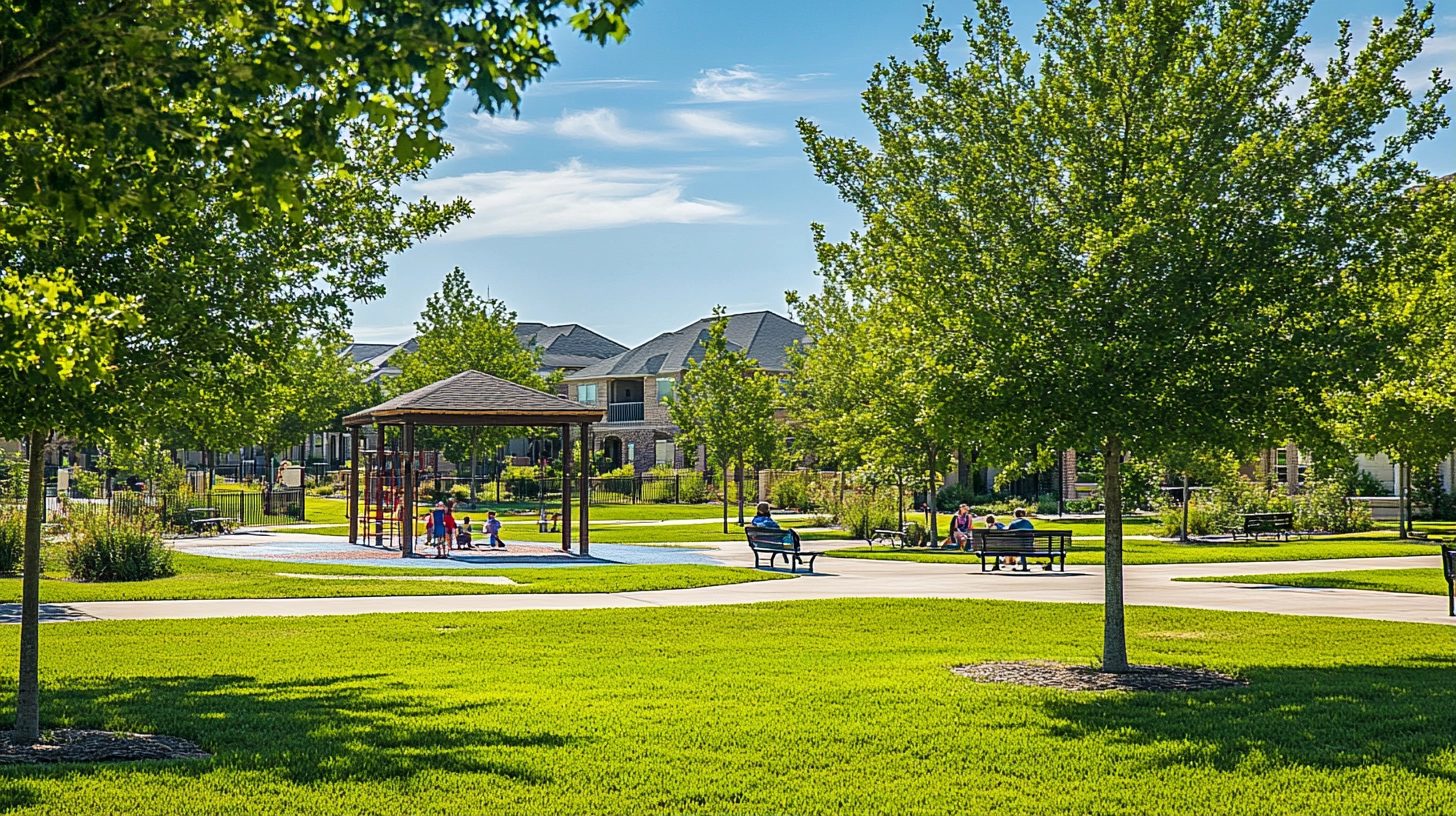How Long to Own Before Selling Little Elm
So you bought a house in Little Elm, planted some roots, grabbed a kayak for the lake, and now you are eyeing the “For-Sale” section on Zillow. The question is simple, though the answer rarely is: how long should you own a home before selling Little Elm? Grab a coffee and let’s peel this onion together.
Are Little Elm’s Streets Getting Busier or Is It Just Me?
Little Elm sits on the eastern shoreline of Lake Lewisville, about a half-hour from both downtown Dallas and the corporate jungle of Legacy West. Ten years ago you could cruise Eldorado Parkway without hitting many stoplights. Today? Good luck.
A quick snapshot:
- Population sits near 55,000, roughly double what it was in 2010.
- Median household income keeps edging higher, now flirting with the mid-$110s.
- New-build permits keep city planners up late at night.
- Median sales price was roughly $275,000 in 2019. It broke $400,000 in 2022 and has hovered in that neighborhood since.
Translation: demand has been hot, supply keeps trying to play catch-up, and homeowners who bought even three years ago are sitting on chunky unrealized gains. Not bad, right?
How Long Is “Long Enough” to Hold a House?
Industry rule of thumb says two to five years. Pretty basic. Yet rules of thumb never met Texas property taxes or a shifting mortgage market. Time to dig deeper.
Equity Break-Even Point
Closing costs to buy ran anywhere from two to four percent. Selling will strip another six to eight percent once you pay agent commissions, title, and concessions. If your house does not rise at least ten percent, you walk away with a flat wallet. In Little Elm the average appreciation pace has been about six percent per year since 2015. Math suggests most owners need at least two years just to cover the round-trip bill.
The IRS Capital-Gains Gift
Live in your primary residence for two out of the previous five years and profits up to $250,000 for a single filer, $500,000 if married, can skate past capital-gains tax. Two years is the magic number here. Many owners stretch to the third or fourth just to pile on extra appreciation cushion.
Mortgage Amortization Reality
Month one of your mortgage payment was mostly interest. Real principal reduction did not show up until year three. Sell too soon and you hand that interest to the bank with little equity to show.
Local Market Swing Cycles
Little Elm sees its tightest inventory late spring into early summer. Homes listed in May and June during the last five years sold six days faster and at roughly two percent higher prices compared to winter listings. If you are trying to time an exit, aim your launch around Easter.
So how long? The data nudge most owners toward a three-to-five-year window. Long enough to collect solid appreciation, capture the tax exclusion, and let principal payments chip in.
Sticking Around Builds Dollars, Not Just Memories
Selling after a three-year ride can feel great when buyers line up at an open house. Yet stretching ownership to year five, seven, or even ten can transform a tidy profit into serious wealth. Let’s see how.
- Compound Appreciation
- Average appreciation since 2013: about 6 % annually
- Five-year stretch at that rate: 34 % cumulative rise
- Ten-year stretch: roughly 80 %
- Forced Savings
- A $400,000 loan at 4.5 % pays down nearly $20,000 in principal by year five.
- That number more than doubles by year ten.
- Every payment feels like overhead until you realize the forced equity machine you built.
- Leverage for the Next Purchase
- More equity means a larger down payment later.
- Better loan-to-value numbers shave mortgage insurance and interest rate risk.
- Future you will thank present you for sticking around.
- Shield Against Market Dips
- Nobody can promise a straight-up line forever.
- Longer holds reduce the sting of any short-term price dips because you bought low and have extra buffer.
Still, life happens. Jobs move. Kids grow. Divorce papers land. If you need to sell, you need to sell. Just know that each extra season under your roof is quietly fattening your balance sheet.
Clock Watching: Moments When Selling Makes Sense
Already past the two-year mark and restless? Let’s map out triggers that often tell Little Elm owners it is go time.
Life Triggers
- A new baby arrived, suddenly that fun third bedroom is just a nursery with no closet.
- Your commute to Frisco ballooned from fifteen minutes to forty after a corporate relocation.
- Retirement is on the horizon and single-story living sounds alluring.
Market Triggers
- Active listings have fallen below the six-month moving average for three straight months. You hold the scarce commodity.
- Interest rates drop two-plus points, igniting fresh buyer demand.
- A new tollway extension breaks ground near your subdivision, promising easier access.
Financial Triggers
- You have reached the IRS two-out-of-five threshold.
- Your equity equals at least twenty percent of the expected sale price.
- Rental rates no longer cover your carrying costs if you considered keeping the place as an investment.
If two or more of those boxes light up, you might be staring at the perfect storm to list.
Trends That Could Change the Game Next Year
Little Elm lives inside the roaring Dallas-Fort Worth engine, so what happens regionally bleeds into this lakeside pocket. Keep an eye on the following.
- Mortgage-Rate Whiplash
- Forecasts point to rates flirting with five to six percent through 2025. A half-point drop could trigger another mini-run on inventory, pushing prices higher. A spike above seven could cool things rapidly.
- Build-to-Rent Growth
- Corporate landlords are eyeing the 380 corridor. More single-family rentals mean competition when you list yet also deeper demand from investors who do not nitpick paint colors.
- Remote Work Flexibility
- Hybrid schedules are sticking around. Buyers once chained to Uptown apartments now search a thirty-mile radius. Little Elm, with lake views and a direct shot to 121, sits in their crosshairs.
- Infrastructure and Retail
- Kroger Marketplace arrived. H-E-B scouting land. Every new anchor store expands the town’s amenity scorecard, and buyers pay for convenience.
- Property Taxes and Homestead Caps
- Collin and Denton Counties continue to debate appraisal caps. If caps tighten, yearly cost creep slows, making ownership more attractive. If not, high taxes could nudge homeowners to cash out sooner.
Stay nimble. Data points can tip any direction and quickly shift the answer to how long should you own a home before selling Little Elm.
Ready to Talk Numbers?
Alright, boots on the ground. Picture a homeowner who bought in mid-2020 for $350,000 with five percent down.
- April 2024 comparative sales suggest a $465,000 value.
- Equity from appreciation: $115,000.
- Equity from loan pay-down: about $22,000.
- Total equity pocket: $137,000.
Subtract eight percent selling cost, net $99,000. That is after just four years. Hold for two more at a conservative four percent annual rise and the model shows a $515,000 value with a loan balance near $300,000. Net after selling cost: roughly $165,000. Another two trips around the sun just added sixty-plus grand.
Will that exact math play out? Maybe. Maybe not. But the illustration reveals why patience often wins.
Little Elm Cheat Sheet for Deciding “Should I Wait or List?”
- If you have not crossed twenty-four months in residence, wait if possible.
- If your equity cannot cover selling costs plus a legit down payment on the next place, wait.
- If local actives are rising and median days on market jump past thirty, wait or price aggressively.
- If inventory dries up below two months, buyers are begging. That might be your cue.
- If the tollway expansion opens, list sooner because noise and detours can chill showings.
Throw these bullets on your phone. Check them whenever the itch to sell pops up.
Little Money Moves While You Hold
Why not spend the holding years boosting future resale value? A few cost-effective ideas:
- Swap builder-grade lighting for statement pieces, about $800 total.
- Plant privacy hedges along the back fence, especially if you back up to a street. $600 and sweat equity.
- Convert a dated tub to a sleek walk-in shower. Returns nearly ninety cents on the dollar in North Texas.
- Add pull-out shelves in kitchen lowers, small upgrade, big wow factor during showings.
- Lock in a fixed-rate refinance if rates dip. Lower payment now, better buyer pool later because assumption options may exist.
Small upgrades snowball and help you smash any future appraisal ceiling.
What Little Elm Buyers Are Shouting About Right Now
Sometimes hearing straight from the buyer camp clarifies the ideal sell window.
- “I need a three-car garage because my overland Jeep hobby got out of hand.” Larger garages have moved from bonus to must-have. If you own one, the buyer pool is thirsty.
- “I will pay more for a home already wired with CAT-6.” Remote work drives demand for serious internet infrastructure. Pre-wire and photograph it.
- “I want trees, not just builder-grade saplings.” Mature trees are still scarce in newer subdivisions. If yours are casting shade, each branch is dollar signs.
Wait for trends to align with your unique property features and the calendar almost sets itself.
A Quick Word on Renting Instead of Selling
Maybe you cross the two-year mark and still hesitate. Converting the place to a rental can buy extra time.
Pros:
- Passive income that might beat your mortgage payment by a few hundred bucks.
- Continued appreciation ride.
- Flexibility to move back if life swings.
Cons:
- Texas landlord rules are friendly yet still require active management.
- Property becomes ineligible for the capital-gains exclusion once you pass three years out of residence.
- Vacancy risk can eat profits fast.
Crunch net operating income honestly. If numbers shine brighter than a sale, hold and lease. Just revisit the plan every year.
Final Nudge: Talk to a Local Pro Before You Decide
DIY spreadsheets are great, yet pricing nuance lives in subdivision corners and cul-de-sacs. The agents who walk those streets know when multiple offers dried up last fall, which homes carried price reductions, and why one builder section resells better than another. Lean on that intel.
Ask an agent for:
- Break-even date based on your exact closing costs.
- A price band analysis showing spree buyers versus bargain hunters.
- An estimate of spring versus winter closing timelines.
Because the honest bottom line is this: the perfect time to sell is personal. Charts help, rules of thumb guide, but your job contract, equity target, and stress tolerance ultimately call the play.
Hungry for More?
Shoot me a note with your street name, purchase year, and payoff balance. I will run the numbers, free of charge, and tell you exactly how long to own before selling in Little Elm for maximum upside. Worst case, you learn something new. Best case, you walk away with a six-figure plan.
You in?

